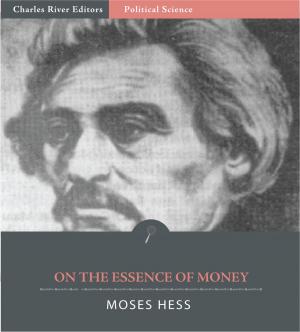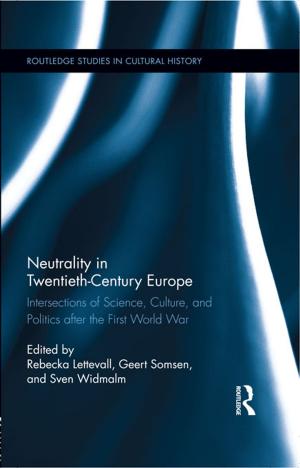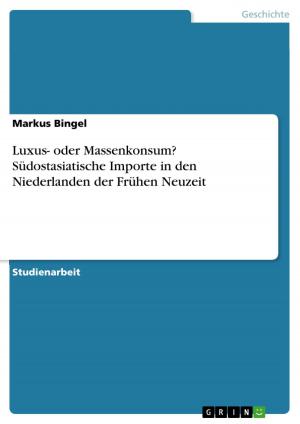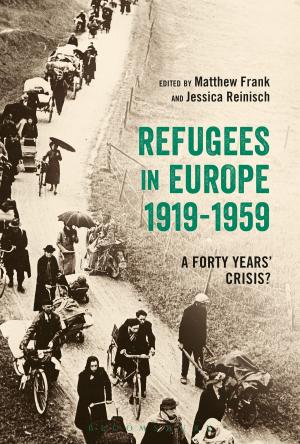| Author: | Alex McGillis | ISBN: | 1230001920901 |
| Publisher: | Alex McGillis | Publication: | September 20, 2017 |
| Imprint: | Language: | English |
| Author: | Alex McGillis |
| ISBN: | 1230001920901 |
| Publisher: | Alex McGillis |
| Publication: | September 20, 2017 |
| Imprint: | |
| Language: | English |
This book examines the situation of the Hitler Youth and its generation in the postwar period. Many historians and writers, influenced by the postwar division of Germany and quick recovery of the western part of the country often did not focus upon the lives of youth following the collapse of the Nazi regime. Even while revisionist history has examined the role of the military, or of average Germans in participating in the Nazi regime and the Holocaust, youth is often still missing from the analysis. Yet the role of the Hitler Youth in the Nazi regime and the difficulties that they experienced in the postwar era needs to be focused upon. In order to gain an understanding of the youth of Germany in the postwar period, it is necessary to examine the extensive indoctrination which they faced, alongside the effects of the war in strengthening or weakening that indoctrination. ln the postwar period many youth were unable to break free of a mindset formed during the Third Reich, while others were aided by Allied and German efforts to move past the regime. Postwar youth were faced with a large number of organizations they could choose to join, in the form of Allied youth groups, political party auxiliaries, and right-wing radical youth groups. Many children who had lost family members and who had seen the horrors of the war first hand were able to realize the regime's failings and better understand the fallacious nature of Nazi teachings, aided often in this realization by the process of re-education. However, not all German youth were able to free themselves from the influence of indoctrination, while many Allied efforts were incomplete in removing the influence of Nazism, especially in the school system. The West German government often simply ignored continuities with youth, thus leaving denazification incomplete, while in the German Democratic Republic many youth were also subjected to the influence of a youth group, the Freie Deutsche Jugend, which shared certain characteristics with the Hitler Youth, though within a different ideological framework. This book will focus on these continuities in Hitler Youth beliefs into the postwar period and will argue that in total perhaps as many as 15 percent of German children could not break free from their indoctrination, most of them coming from two groups. The first were Hitler Youth leaders who were young adults at the regime's outset, while the second were young children at the time of Hitler's accession to power who spent their formative years at the height of the Third Reich. It is these two groups which this book will argue were the most fervent supporters of the regime in the 1930's, the most devoted fighters in the war, and those who attempted to carry on Nazi ideals in the postwar era.
This book examines the situation of the Hitler Youth and its generation in the postwar period. Many historians and writers, influenced by the postwar division of Germany and quick recovery of the western part of the country often did not focus upon the lives of youth following the collapse of the Nazi regime. Even while revisionist history has examined the role of the military, or of average Germans in participating in the Nazi regime and the Holocaust, youth is often still missing from the analysis. Yet the role of the Hitler Youth in the Nazi regime and the difficulties that they experienced in the postwar era needs to be focused upon. In order to gain an understanding of the youth of Germany in the postwar period, it is necessary to examine the extensive indoctrination which they faced, alongside the effects of the war in strengthening or weakening that indoctrination. ln the postwar period many youth were unable to break free of a mindset formed during the Third Reich, while others were aided by Allied and German efforts to move past the regime. Postwar youth were faced with a large number of organizations they could choose to join, in the form of Allied youth groups, political party auxiliaries, and right-wing radical youth groups. Many children who had lost family members and who had seen the horrors of the war first hand were able to realize the regime's failings and better understand the fallacious nature of Nazi teachings, aided often in this realization by the process of re-education. However, not all German youth were able to free themselves from the influence of indoctrination, while many Allied efforts were incomplete in removing the influence of Nazism, especially in the school system. The West German government often simply ignored continuities with youth, thus leaving denazification incomplete, while in the German Democratic Republic many youth were also subjected to the influence of a youth group, the Freie Deutsche Jugend, which shared certain characteristics with the Hitler Youth, though within a different ideological framework. This book will focus on these continuities in Hitler Youth beliefs into the postwar period and will argue that in total perhaps as many as 15 percent of German children could not break free from their indoctrination, most of them coming from two groups. The first were Hitler Youth leaders who were young adults at the regime's outset, while the second were young children at the time of Hitler's accession to power who spent their formative years at the height of the Third Reich. It is these two groups which this book will argue were the most fervent supporters of the regime in the 1930's, the most devoted fighters in the war, and those who attempted to carry on Nazi ideals in the postwar era.
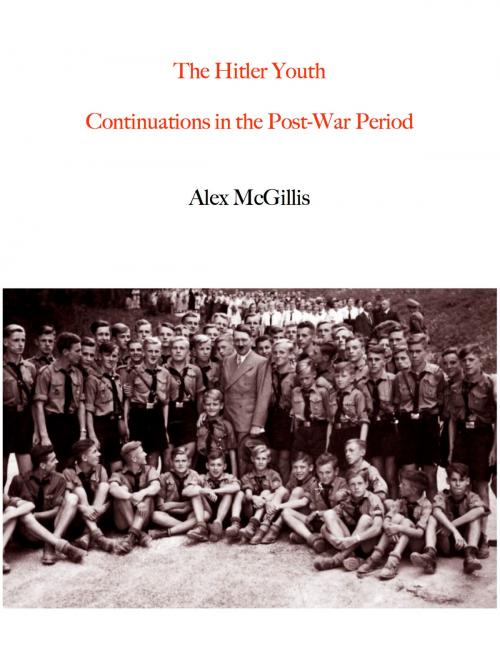



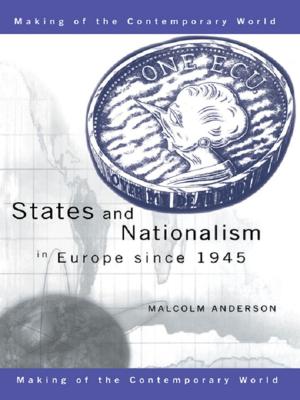

![Cover of the book To Save A City: The Berlin Airlift, 1948-1949 [Illustrated Edition] by Alex McGillis](https://www.kuoky.com/images/2015/november/300x300/9781786252487-Adty_300x.jpg)



